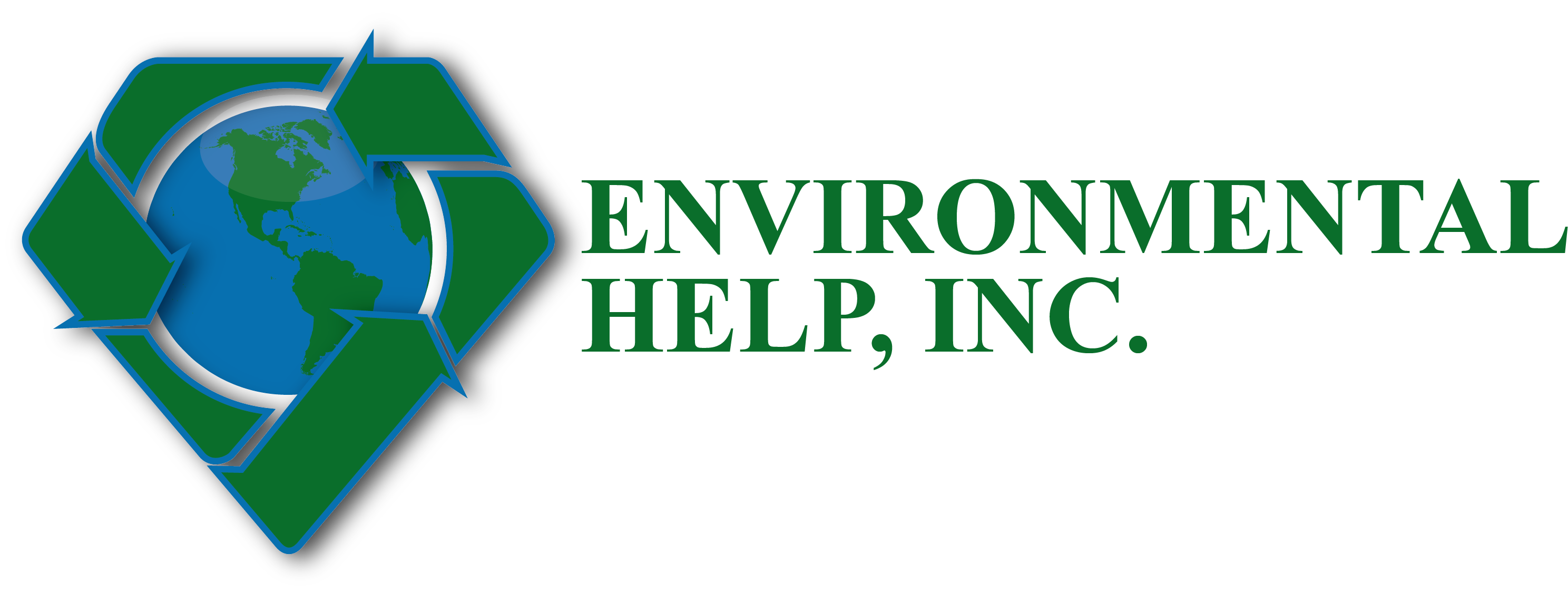Environmental Assessments / Audits
EHI has prepared Environmental Site Assessments in support of billions of dollars worth of commercial real estate transactions. EHI helps identify potential or existing recognized environmental conditions = liabilities.
Environmental Site Assessment
In the United States, an Environmental Site Assessment is a report prepared in support of a real estate transaction and identifies potential or existing” recognized environmental conditions” or liabilities.
Sampling of soil, air, groundwater and/or building materials is not conducted during a Phase I ESA typically. The Phase I ESA is considered the first step in the process of environmental due diligence. Standards for performing a Phase I site assessment have been promulgated by the USEPA and are based in part on the American Society of Testing and Materials (ASTM) Standard Designation E1527-13.
If a site is found to have recognized environmental conditions, a Phase II environmental site assessment should be conducted following, ASTM E1903-11. This is a far more detailed investigation involving sampling and analysis to determine if hazardous substances and / or petroleum hydrocarbons are present in concentrations above regulatory levels; which could trigger remediation or site mitigation.
As early as the 1970s specific property purchasers undertook such studies, resembling current Phase I ESAs; assessing business and environmental risk. They enabled an understanding of cleanup costs if the property was being considered for redevelopment or a change in land use.
Demand for these types of studies increased dramatically in the 1980s following judicial decisions hanging liability on new property owners to effect site cleanup. U.S. courts have held a buyer, lessor, or lender may be held responsible for remediation of hazardous substance residues, even if a prior owner caused the contamination. Performance of a Phase I Environmental Site Assessment, according to the courts’ reasoning, creates a safe harbor, known as the ‘Innocent Landowner Defense’.
Triggering Actions: A variety of actions can prompt a Phase I study to be performed for a commercial property, the most common being:
- Purchase of real property by a person or entity not on title,
- Contemplation of a new loan on the subject real estate,
- Partnership buyout or principal redistribution of ownership,
- Application to a public agency for change of land use or other discretionary ok permit,
- A desire by the existing property to understand toxic history of the property,
- A regulatory agency suspects toxic conditions on the site,
- Divestiture of target property.
The ASTM Standards described above were codified effectively in Title 40 of the Code of Federal Regulations (CFR) Section 312, known as “Standards and Practices for All Appropriate Inquiries” (AAI).
EHI performs:
- Phase I ESA’s (40 CFR § 312 & ASTM E-1527-13 compliant) & Updates
- Phase II ESA’s (Subsurface Investigations ASTM E-1903-II compliant)
- Transaction Screens (ASTM E-1528 compliant)
EHI also performs or coordinates Asbestos Building Inspections (ABI) and Lead – Based Paint surveys to determine if the potential for exposure to asbestos or lead exists for workers (or the environment) during renovation, demolition and disposal of structures (a concern when built before 1980).
An Environmental audit is a general term used to describe various types of evaluations intended to identify environmental compliance and management system implementation gaps, discrepancies or gaps are considered “findings” subject corrective actions. In this way environmental audits perform a function similar to a financial audits.
There are at least two different types of environmental audits: compliance audits and management systems audits. Compliance audits or auditing for environmental compliance was developed to improve an organization’s compliance position, control and manage risk, improve internal controls, support environmental management systems, and identify pollution prevention opportunities.
In the US, permits for air emissions, wastewater discharges and other operational aspects, many times establish the primary legal compliance standards for companies. In these cases, auditing only to the regulations is inadequate. However, as these permits are site specific, standard protocols are not available which can reflect every permit condition for every company or site. Permit holders and the auditors they hire must identify the permit requirements and determine the most effective way to audit against those requirements.
To provide a meaningful outcome requires an effective audit approach, an understanding of proven audit techniques and industry audit standards, plus a clear and understandable communication of the audit results; a set of skills demonstrated time and again by EHI.
Environmental HELP
EHI is a full service environmental consulting firm, founded in 1989 to assist California businesses in managing their ever more complex regulatory compliance requirements.
Environmental HELP
P.O. Box 222320
Santa Clarita, CA 91322
Phone: (661) 260-2260
Toll-Free: (800) 750-0622
Fax: (661) 253-3555

